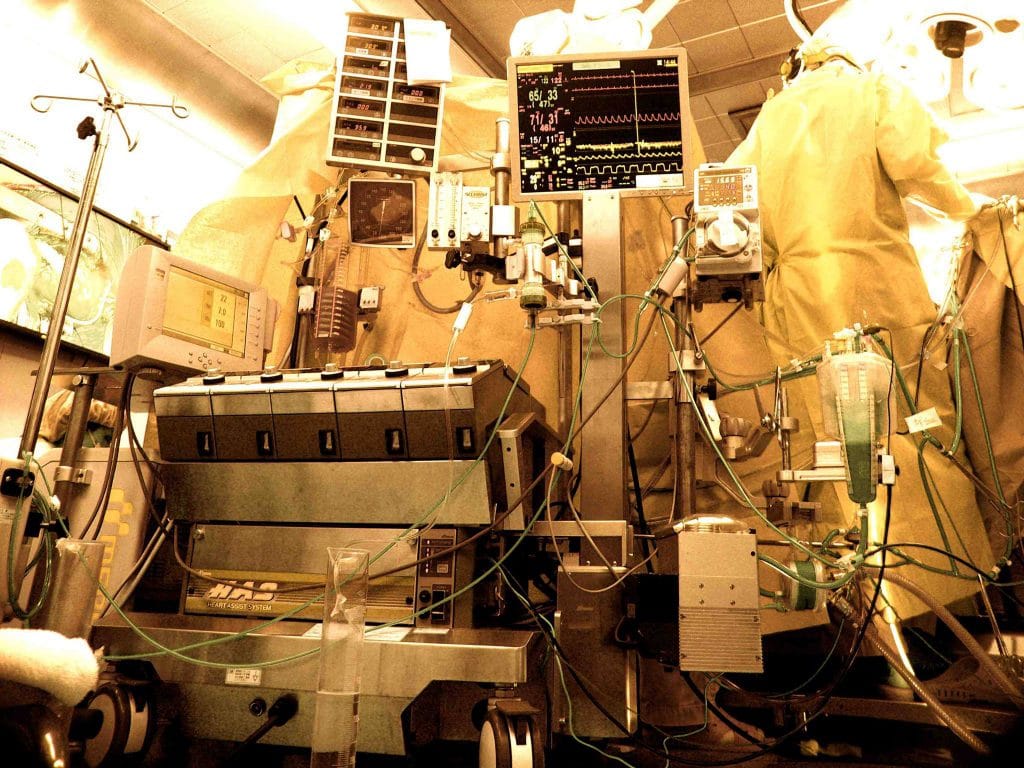Development of A Valve Type Semi-Closed Extracorporeal Circulation System

In Japan, perfusionists who work on other clinical tasks are involved in cardiopulmonary bypass. Moreover, the number of cases they can perform is limited. In view of this situation, valve type semi-closed extracorporeal circulation (VACC) was developed as a system that enables extracorporeal circulation (ECC) regardless of perfusionists’ experience. The VACC circuit is based on a conventional open-type ECC circuit. A safety valve is installed at the outlet of the reservoir. It is closed by lowering the reservoir pressure below the venous circuit pressure (Pv), thereby providing a closed-type ECC in which the reservoir is separated from the venous circuit (V-circuit). A closed-type ECC needs means to cope with negative pressure generated in the V-circuit and to remove air mixed in the V-circuit. Water experiments to verify the safety of the VACC were conducted. In experiments simulating low venous return, when the Pv dropped, the safety valve opened so that the V-circuit was connected to the reservoir, and the excessive negative pressure was relieved. In the VACC circuit, a bubble trap is installed in the V-circuit, and the air is degassed to the reservoir by a roller pump (D-pump). A water experiment was conducted to verify the principle of the constant degassing method using the D-pump. It verified that the blood storage volume could be maintained constant even if the D-pump is continuously driven. The VACC system provides handling of air mixed in the V-circuit and safety in the case of low venous return.
